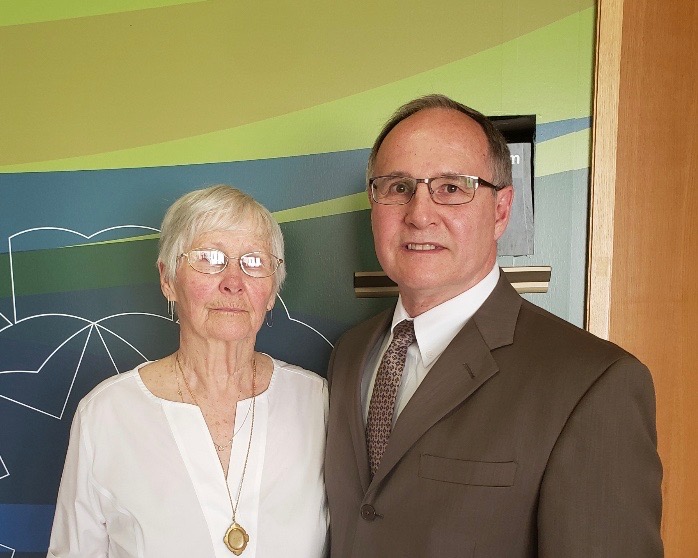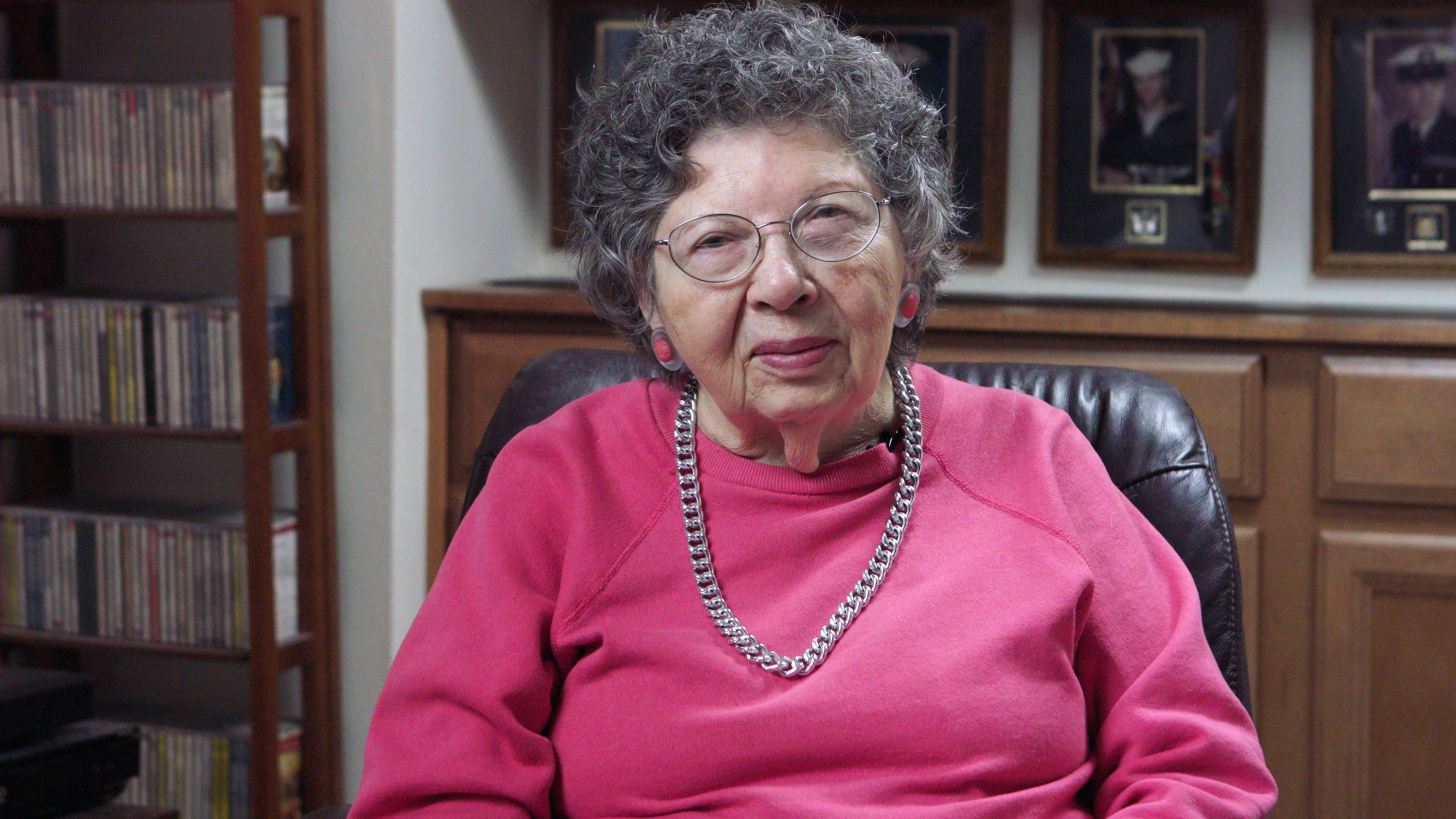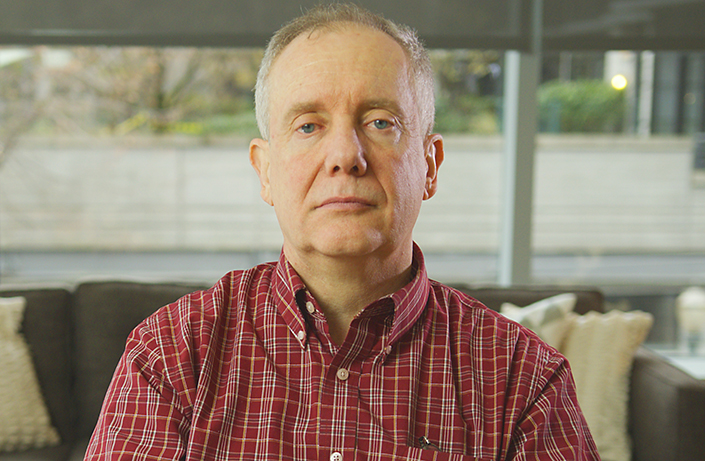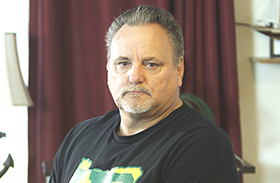Real People. Real Stories.
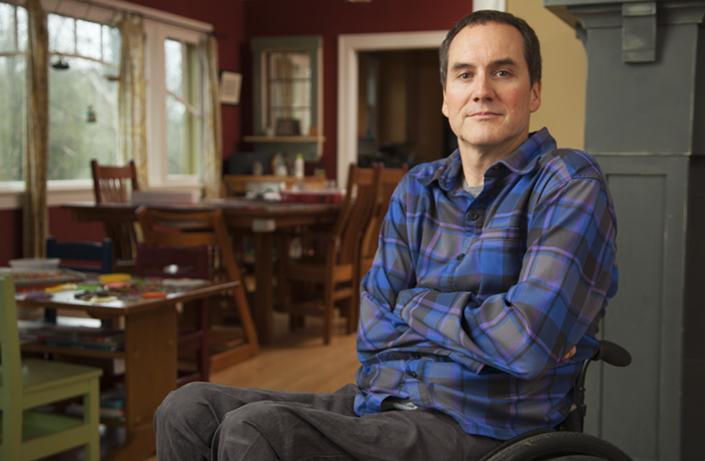
Max Woodbury
Many years ago, Max Woodbury was a field geologist right out of college stationed at an environmental cleanup site installing a water pipe for a vehicle decontamination pad. A portion of the pipe installation occurred above an underground walkway and required an elevated work platform in order to perform the task. While dismantling the platform and pulling a sheet of plywood, he fell from 11 feet up, onto his head and into the underground workwell below. Because he was wearing a construction hard hat, the force from the fall went straight to his neck, shattering the third through the seventh vertebrae in his cervical spine rendering him a C-6 quadriplegic with no function or sensation below his shoulders.
Under Oregon’s workplace safety rules, employers and contractors, such as this general contractor, involved in high risk occupations have a responsibility to take whatever means necessary to ensure their workers’ safety including providing a harness system or rail/scaffolding fall protection system to insulate workers from such falls.
This general contractor cut corners and didn’t provide these basic safety measures or safety training for its workers.
When Max arrived at the trauma center, the instant swelling from his broken bones created a feeling that his legs and arms were floating. He was told by the doctors the feeling would dissipate and he would never walk again or be able to use the restroom naturally. His spinal cord injury affects his parasympathetic nervous system, meaning he can’t regulate temperature in his body. He can’t naturally perspire when it’s warm and is susceptible to heat stroke. When it’s cold, it takes an excruciating long time for him to warm up. Max no longer has a working trunk or abdominal muscles so he can’t sneeze or cough with any force, leaving him highly susceptible to pneumonia.
His life was turned upside down because of the carelessness of the general contractor. With all of the changes his injury created, he had to relearn every aspect of his life, big and small. Activities like flossing his teeth and feeding himself took months before he figured out a workable method. Even after all this time, his morning routine typically takes three to four hours to complete just to begin his work day. He has caregivers to assist in his morning routine so he can focus his energies on the rest of his day. He works half-time in an office environment. Gone are the days of being out in the field.
Max is now 44 years old, is married and a father of three children. When hearing about the Horton decision, Max was outraged that this decision put an arbitrary, one size fits all cap on justice and would have a profoundly negative effect on other injured workers.


